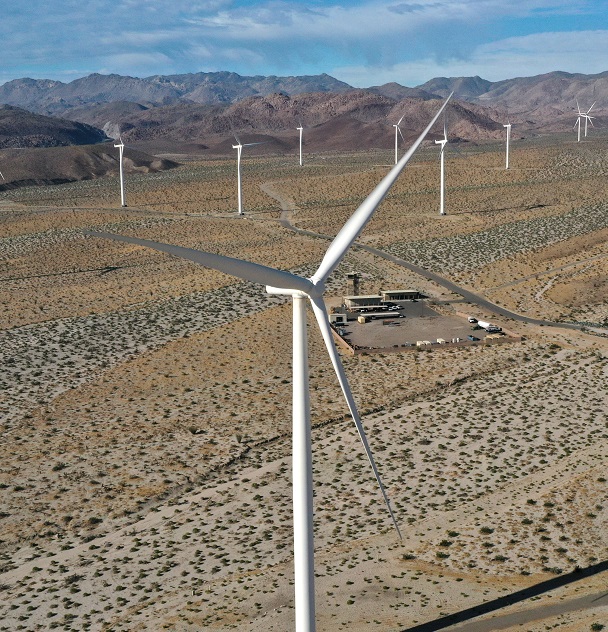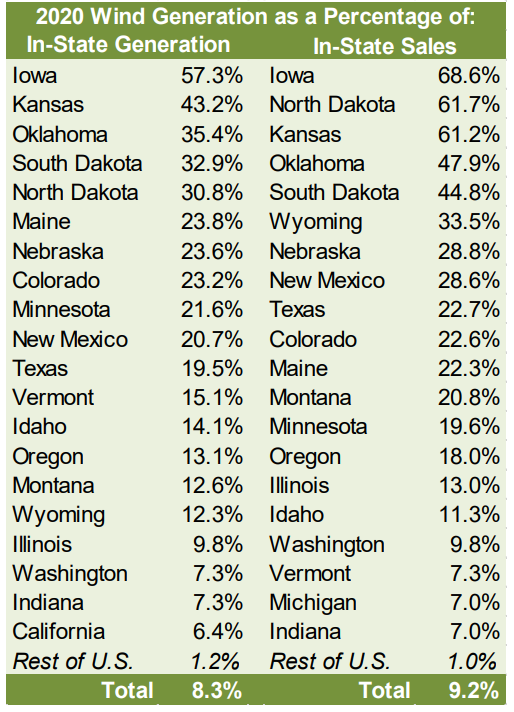Long-duration storage gains hike wind growth prospects
Investors and power authorities are backing long-duration energy storage technologies that could improve the business case for wind developers within a few years.

Related Articles
As wind and solar claim an increasing share of the power mix, many wind developers see long-duration energy storage as key to future growth.
Across the US and Europe, grids are becoming increasingly reliant on renewable energy. Intermittent weather resources create times of surplus and deficit and low carbon power grids will require storage of various durations, from minutes to weeks.
Most storage units deployed to date have been lithium-ion batteries of few hours’ capacity, suiting PV developers keen to serve peak demand in the evening when solar resources fade. Areas with high wind penetration will need far longer storage durations to align seasonal weather patterns with demand curves.
After years of cost declines, lithium-ion dominates the short-duration storage market but fresh funding in long-term energy storage could see other technologies take hold.
Last month, US fund TPG became the latest investor in Form Energy, a start-up developing long-duration energy storage. The US Department of Energy (DoE) recently launched a new $75 million test facility at the Pacific Northwest National Laboratory (PNNL) in Washington State in a bid to accelerate long-duration technologies. Energy storage will be critical to achieving President Biden's target of a zero-carbon power sector by 2035 and new support measures are expected in the $3.5 trillion budget reconciliation bill currently being fleshed out by Congress.
Market entry barriers for long-duration storage are already being removed in markets like California, Maximilian Schumacher, Head of Business Development & Strategy for Electric Thermal Energy Storage (ETES) at turbine supplier Siemens Gamesa, told Reuters Events. Solar and wind supplied 23% of California's power in 2020 and local power authorities recently ordered utilities to procure 11.5 GW of new renewable energy by 2026.
"We expect the global commercial availability of long-duration energy storage in the coming years – not decades," Schumacher said.
Market value
Demand for long-duration energy storage becomes significant in many markets once renewables - particularly wind power - provides "at least a third of the overall electricity,” Stefan Reichelstein, Senior Fellow at the Precourt Institute for Energy at Stanford University, said in an indicative estimate.
Zero-carbon power networks will require systems capable of dispatching large amounts of electricity for several weeks, he said.
US wind penetration by state
(Click image for more data)
Source: Department of Energy's 'Land-based wind market report,' August 2021
For wind developers, the optimal duration of energy storage depends on a number of market and project-specific factors, such as the intended use case, the share of electricity from renewable sources, local wind patterns and wholesale price dynamics, Schumacher said.
Power group Enel teamed up with Form Energy to assess ways to reduce risk for its wind farms in the US Southwest Power Pool (SPP). Using a technology-agnostic approach and two years of data from three wind farms, the partners assessed over 200 combinations of capital costs and charge-discharge efficiency scenarios.
Storage systems of three to four hours - such as the lithium-ion systems commonly deployed - showed a "positive yet limited impact" for the wind assets while durations of more than 10 hours offered "much more significant benefits," the partners said in a summary report.
Based on similar costs to existing pumped hydro storage facilities, optimal long-duration storage was between 20% and 40% of nameplate wind capacity and the optimal duration was between 13 and 23 hours, the study said.
"Simulations [show] long-duration storage with these features can boost the net present value of the wind farm up to 50% with respect to the case without storage, while reducing the downside risk up to 10% under today’s market conditions," it said.
Technology race
A wide range of technologies are being developed to supply long-duration energy storage and the cost of the systems will be critical to their success. The cost of lithium-ion batteries will continue to fall on wider deployment in electric vehicles and power grids but they become less economic for longer storage durations.
As the needs of the energy markets evolve, investors will expand their funding from short-term applications to longer duration solutions, Ed Porter, Business Development Director at storage battery developer Invinity Energy Systems, told Reuters Events.
"There has been a growth in interest in the last 12 months from investors, who are seeing the need for longer duration and higher utilisation storage systems," Porter said. "Crucially, there has also been more interest from grid operators and regulators."
Invinity is developing Vanadium Flow Batteries (VFBs) which store energy in liquid electrolyte for 2 to 12 hours. Vanadium is a metal that can be sourced from many countries and the batteries are most valuable in ‘high throughput’ applications, where the batteries are absorbing or delivering power many hours per day, Porter said.
Volcanic power
Siemens Gamesa's ETES system uses electricity to heat volcanic stones to temperatures of 800 degrees C, storing the thermal energy until it is converted back into electricity using a conventional steam turbine.
The system uses cost-efficient readily available components which means it can be economically scaled up to support large wind farms and provide "beyond 24 hours of storage duration," Schumacher said. Long-duration applications include absorbing curtailed energy and time shifting of energy to match demand, he said.
The ETES technology is already commercially viable in some instances, such as remote island applications where it can supply electricity and heating and remove the need for imported fossil fuels, Schumacher added.
Enel's research projects include Energy Vault's gravity energy storage concept which raises concrete blocks to store energy and lowers them to generate power, along the lines of pumped storage hydro projects. Energy Vault will be listed on the New York Stock Exchange (NYSE) following a special purpose acquisition company (SPAC) deal with Novus Capital Corporation earlier this month.
Green hydrogen could also disrupt the long-duration energy storage market by providing an alternative means to store energy, Porter noted. Green hydrogen developers predict production costs will fall below conventional hydrogen costs by the end of the decade.
Shaping storage
The different measures implemented by governments and power authorities to reduce carbon emissions could dictate the winners and losers in long-duration storage.
Carbon pricing mechanisms, capacity markets that reward reserve supply, government-backed contracts and retail tariff structures could all impact the business model for developers, Porter said.
"In the short term, support from governments and regulators is crucial to scale up future technologies," Porter said.
Medium to long term, carbon pricing will be the "most effective way to drive to a net-zero system," he said.
Reporting by Neil Ford
Editing by Robin Sayles

